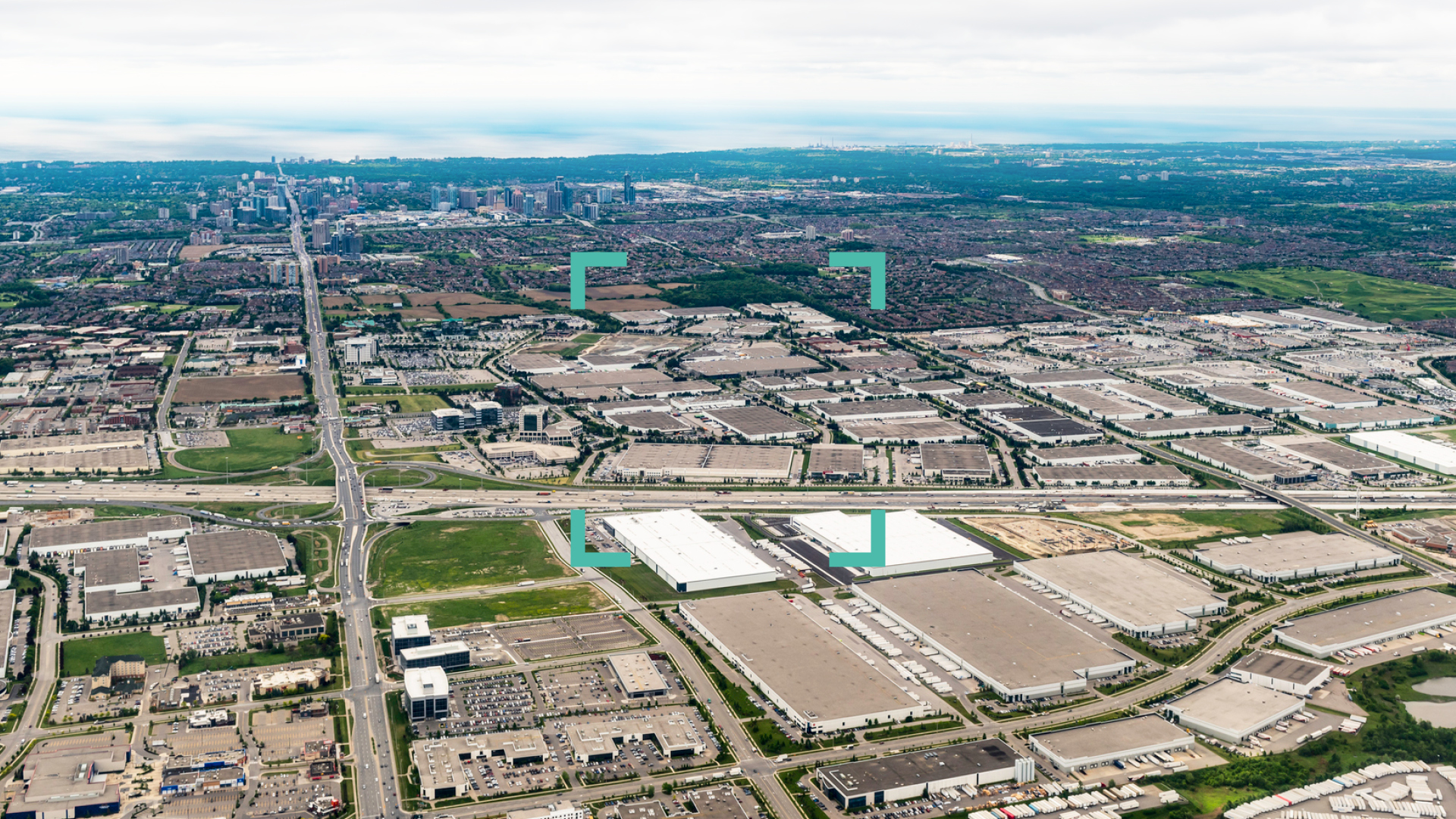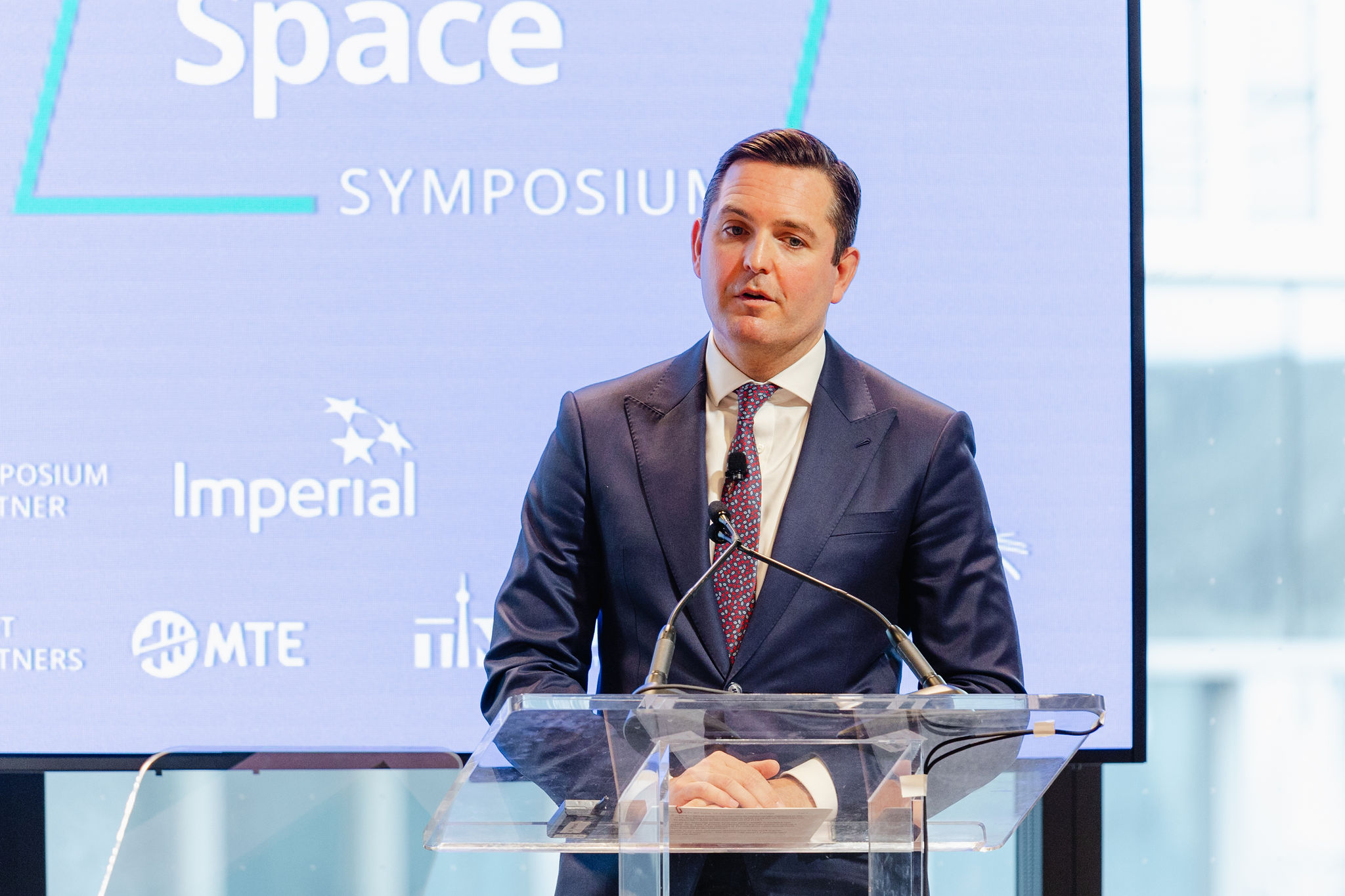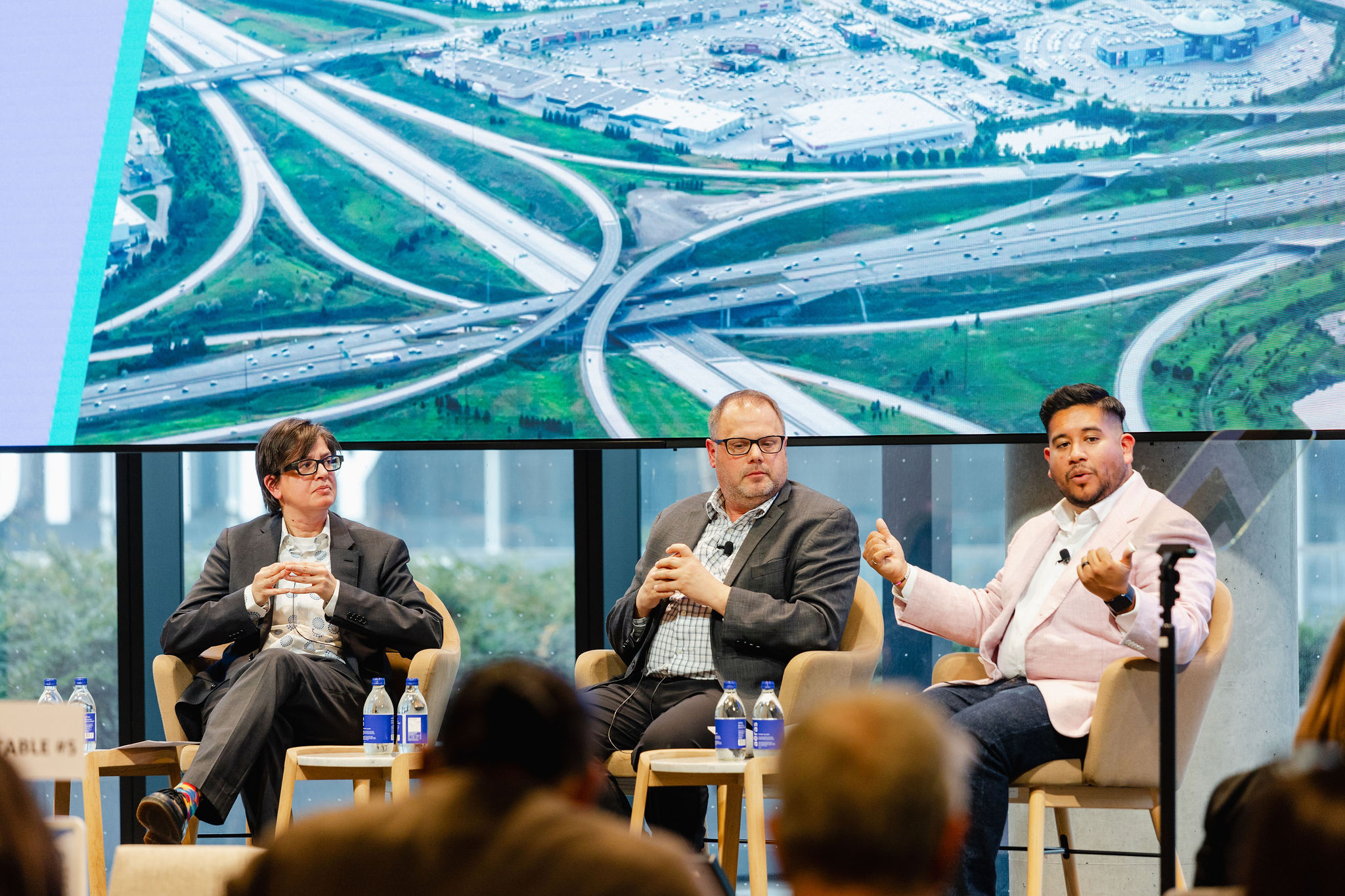
The Board’s Race for Space: Navigating Toronto's Employment Lands Crisis event should serve as a wake-up call for leaders across the Toronto region. We need certainty around employment lands. These lands don’t just provide spaces for industry—they anchor our economy with good-paying jobs.
We are at an inflection point. As Ontario grows at an unprecedented pace, the pressure to prioritize housing above all else is putting our employment lands at risk. These lands are critical to the advanced manufacturing, logistics, and industrial operations that drive the national economy. Once converted to residential use, they’re gone forever.
Speakers like Chris Barnett, Partner, Osler, Hoskin & Harcourt LLP, sounded the alarm: “You can’t win the race if the rules keep changing and the finish line keeps moving. Certainty around land use is essential.” Angel Chacon, Eastern Canada Operations Manager, Fuels Operations at Imperial, agreed that policymakers must “bring certainty into protecting industrial lands.” Karen Chapple, Director, School of Cities, University of Toronto emphasized the economic stakes: “This is an existential crisis... we’re selling away our future. Housing doesn’t drive economies, jobs do.”
The Stakes Couldn’t Be Higher
- A National Engine of Growth: Employment lands around Pearson Airport represent the largest concentration of industrial activity in North America. Over 500,000 jobs—1 in 7 across the GTA—are tied to this area, which is unmatched for its economic impact.
- Looming Threats: Eric Carrier, CFO, Mondelez Canada highlighted the growing gap between Canada and the U.S. “High land costs, soaring development charges, and delays in approvals are making U.S. sites more attractive.”
- Policy Urgency: Paul Doyle, CFO, Atlantic Packaging reinforced the need for balance. “Yes, housing is a priority, but not at the expense of employment lands. Without these lands, we lose the very foundation of our economy.”
- Escalating Costs: Construction costs have doubled since 2016 and are up 40% since 2021, with industrial land prices now six times what they were in 2003. These rising costs are straining the viability of industrial development and driving companies to look elsewhere.

The Race for Space
Challenges Ahead

As Jon Ramscar, CEO of CBRE Canada and Founding Executive Table Member of the Business Council of Toronto noted, the Toronto region is North America’s fourth-largest industrial market, just behind Los Angeles, Dallas-Fort Worth, and Chicago, yet we’re falling behind, “Speaking to advisors who’ve been in the field for decades, they’ll tell you this region has long been known as difficult to develop and operate in,” Ramscar explained, “But we were cheap previously. Unfortunately, we’ve now gone from difficult and cheap to difficult and expensive, which is a real concern for our competitive edge.” Ramscar also pointed out it now takes twice as long to secure development permits here as in competing markets—a major red flag for global investors.
A recurring theme throughout the day was: certainty is key. Businesses need predictability to invest, expand, and grow. Chapple summed it up: “We need urgency from the province to ensure the response to the housing crisis doesn’t come at the expense of jobs. When employment lands disappear, they’re not coming back.”
The Road Ahead

Housing and employment can’t be framed as competing interests—they must coexist. Leaders across government, business, and the community need to protect and intensify employment lands, ensuring they remain viable for decades to come.
The Toronto region has the potential to be a global economic superpower. But achieving that vision requires bold leadership, coordinated action, and a commitment to safeguarding the jobs and industries that form the backbone of our economy.
Now is the time to act—and the stakes couldn’t be higher.
Thank you to our partners:



